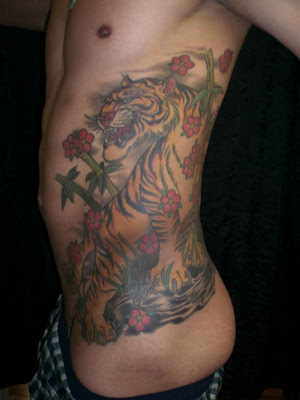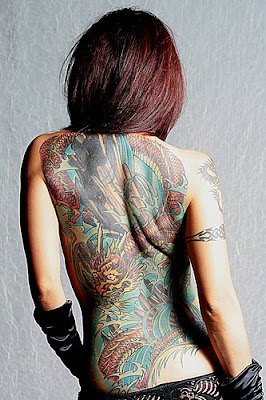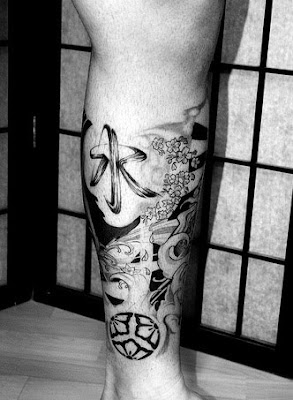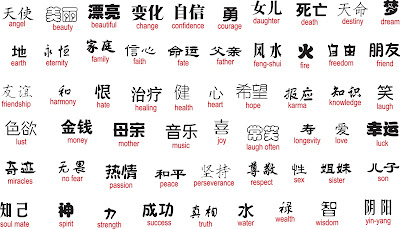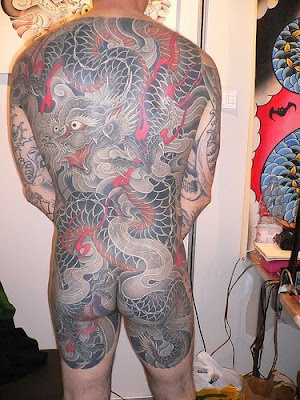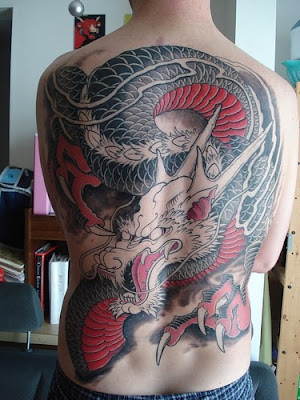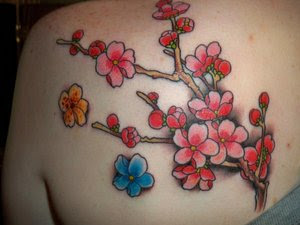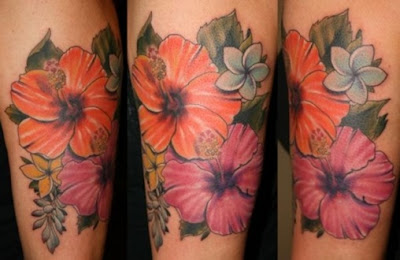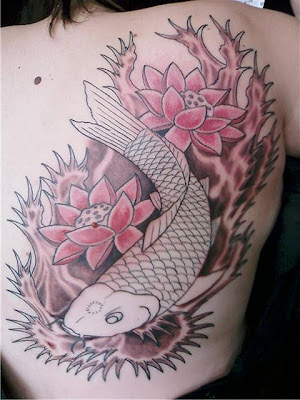The Art Of Japanese Tattoo Design
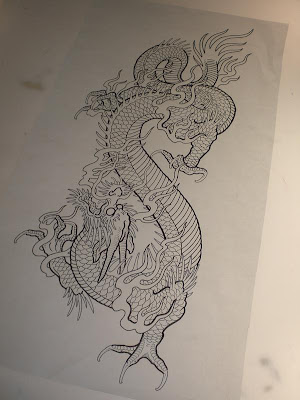

 While the art of Japanese tattooing, or irezumi, is said have continued for a hundred centuries, the introduction of the Buddhist faith to Japan discouraged its widespread use. The Chinese, who brought Buddhism to Japan, abhorred the art of tattooing, and their influence made its way to the upper classes of Japan.
While the art of Japanese tattooing, or irezumi, is said have continued for a hundred centuries, the introduction of the Buddhist faith to Japan discouraged its widespread use. The Chinese, who brought Buddhism to Japan, abhorred the art of tattooing, and their influence made its way to the upper classes of Japan.From the early seventeenth to late nineteenth centuries, during Japan's Edo Period, Japanese tattoos were most often seen on Japanese prostitutes, who used them to entice customers; Japanese firemen were known for their remarkable horimono, or full body tattoos which were quite unlike any other tattoos in the world. The firefighters regarded their tattoos as signs of brotherhood and masculinity.
The other class of Japanese regularly tattooed during this period were criminals who for one hundred and fifty years were marked either with a tattooed ring, or tattooed character on the forehead, on the arm for each crime they may have resented being permanently marked, but prior to the introduction of tattooing, the usually means of identifying criminals was to amputate their noses or ears.
Japanese tattoos regained their popularity when a woodblock printed Chinese novel, "Suikoden," illustrated with warriors bearing horimono of tigers, dragons, and flowers. The book was wildly successful with Japan's lower classes, who began demanding similar tattoos.
But the only tattoo artists available were thewoodblock printers themselves. Because the printers had no tools except the gouges and chisels with which they created their woodblocks, they used them and their special black ink which will change its color to a bluish green when it reacts with human skin.
All authentic Japanese tattoos are still applied by hand with "tebori", groups of handmade needles attached to wooden or metal handles; it takes a great deal of practice to master the art of tattooing by hand.
Having a "suit" of Japanese tattoos applied with tebori, as everyone who was tattooed in the mid-1800s did, was a time-intensive experience; an entire tattoo could take up to five years of weekly sessions to finish. As tebori are more likely to cause bruising than the tattoo machines widely used today, they were in many cases very painful years.
Japanese tattoos are rich in symbolism; one of the most popular is the koi fish, or carp, which can outlive many humans and represent endurance and wisdom. Dragons bring luck, and are often depicted with clouds or rivers and lakes, so necessary for the rice crops which have sustained the Japanese for thousands of years.






